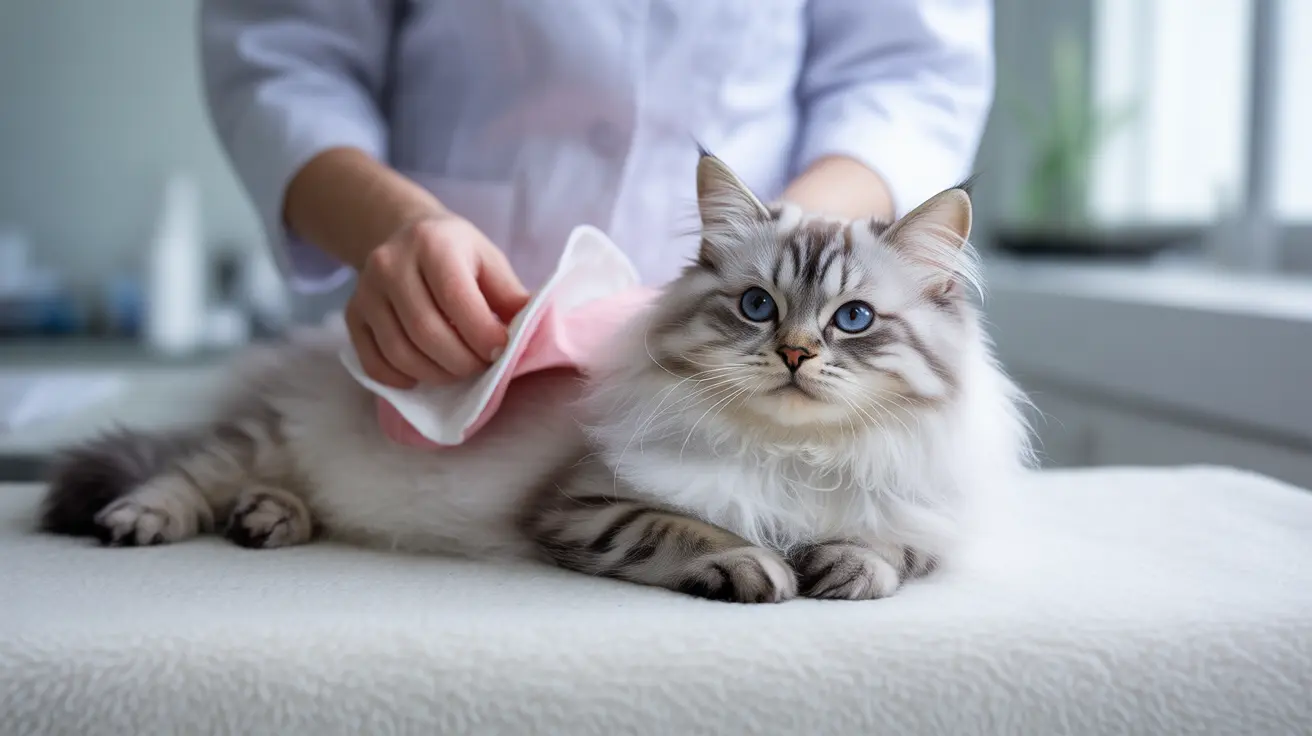Understanding Mastitis in Nursing Cats
Mastitis is a serious inflammatory condition affecting nursing cats' mammary glands, requiring both professional veterinary care and careful home management. While veterinary treatment is essential, understanding proper home care techniques can significantly support your cat's recovery and prevent complications.
This comprehensive guide will explore the crucial aspects of at-home mastitis management, helping cat owners provide the best supportive care while working alongside their veterinarian's prescribed treatment plan.
Essential Home Care Techniques
Creating a Clean Recovery Environment
The foundation of effective home treatment for mastitis begins with maintaining impeccable hygiene. Keep your nursing cat's bedding area clean and dry, changing materials daily to minimize bacterial exposure. Use warm water and mild soap to gently clean the affected mammary area twice daily.
Applying Therapeutic Compresses
Proper compress application is crucial for managing mastitis symptoms at home:
- Apply warm compresses for 10-15 minutes before milk expression
- Use cool compresses afterward to reduce inflammation
- Ensure compresses are clean and at appropriate temperatures
- Repeat 3-4 times daily as directed by your veterinarian
Proper Milk Expression Techniques
Regular milk expression is vital for recovery, but must be done correctly:
- Wash hands thoroughly before touching the affected area
- Gently massage the gland in a downward motion
- Express milk every 6-8 hours or as advised by your vet
- Monitor milk color and consistency for changes
Supporting Your Cat's Recovery
Nutrition and Hydration
Proper nutrition is crucial during recovery:
- Provide high-quality, protein-rich food
- Ensure fresh water is always available
- Consider veterinary-approved supplements if recommended
- Monitor food and water intake daily
Monitoring Kitten Health
Keep close watch on nursing kittens during treatment:
- Observe nursing patterns and ensure even distribution
- Watch for signs of illness in kittens
- Consider supplemental feeding if recommended by your vet
- Maintain regular weight checks
When to Seek Emergency Care
While home treatment is important, recognize signs requiring immediate veterinary attention:
- Severe swelling or discoloration
- Fever or lethargy
- Refusal to eat or drink
- Unusual discharge or odor from affected glands
Frequently Asked Questions
How can I recognize the early signs of mastitis in my nursing cat at home?
Early signs include swelling, redness, and warmth in one or more mammary glands, changes in milk appearance, and behavioral changes such as reluctance to nurse or irritability when touched.
What are safe and effective home treatments for mastitis in cats to complement veterinary care?
Safe home treatments include proper hygiene maintenance, careful application of warm/cool compresses, gentle milk expression as directed by your vet, and ensuring a clean, stress-free environment.
How often should I manually express milk from an infected mammary gland in a cat with mastitis?
Generally, express milk every 6-8 hours or as specifically directed by your veterinarian. Always use clean hands and gentle technique to avoid causing additional trauma.
Can mastitis in cats be fully treated at home, or when is veterinary intervention necessary?
Mastitis always requires veterinary intervention and prescribed antibiotics. Home care should complement, never replace, professional medical treatment. Seek immediate veterinary care if symptoms worsen.
What preventive measures can I take to reduce the risk of mastitis in my cat during nursing?
Prevent mastitis by maintaining excellent hygiene, ensuring even nursing across all mammary glands, monitoring for early signs of problems, and keeping the nursing area clean and dry.
Conclusion
While home treatment plays a vital role in managing feline mastitis, it must always be conducted under veterinary supervision and alongside prescribed medical treatment. By following proper home care techniques while maintaining close communication with your veterinarian, you can help ensure the best possible outcome for your nursing cat.






